23+ Sample Landscape Proposal
-
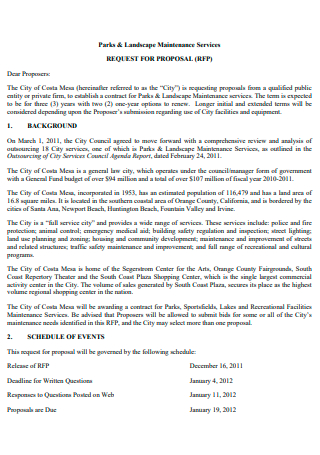
Parks and Landscape Maintenance Services Proposal
download now -
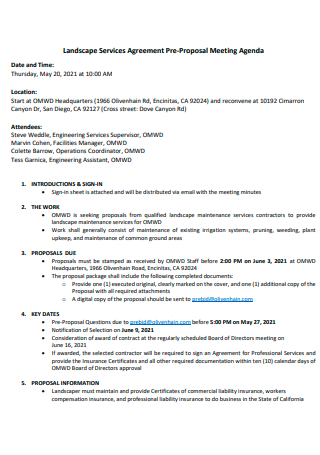
Landscape Services Agreement Pre-Proposal Meeting Agenda
download now -
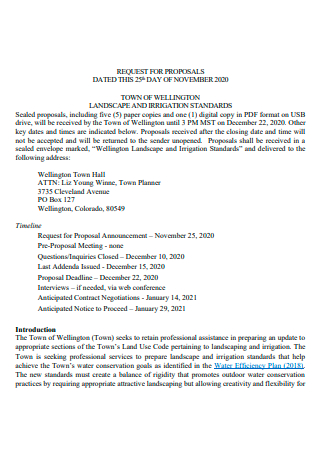
Standard Landscape Proposal
download now -
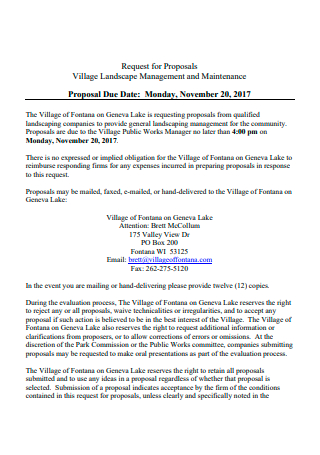
Village Landscape Management and Maintenance Proposal
download now -
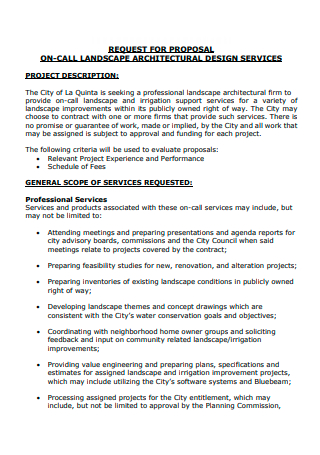
Landscape Architectural Design Services Proposal
download now -

Landscape Application Proposal Form
download now -
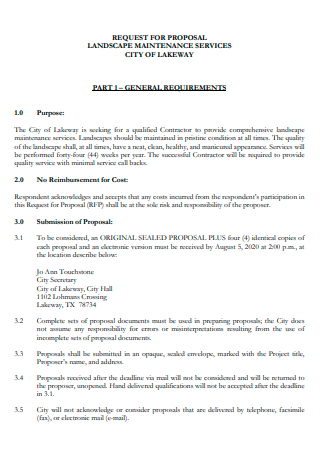
Landscape Maintenance Services Proposal
download now -
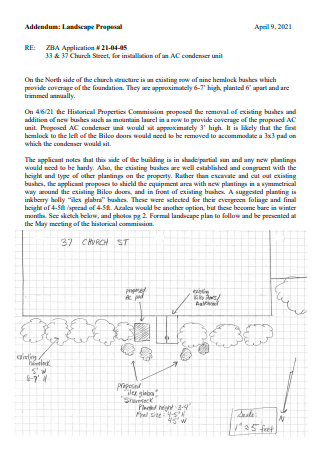
Landscape Proposal Example
download now -
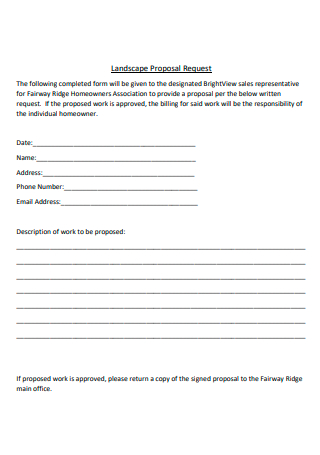
Landscape Request Proposal
download now -
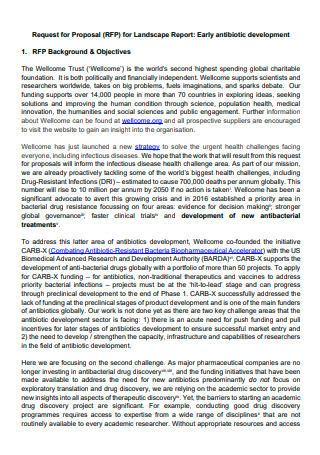
Landscape Report Request Form Proposal
download now -
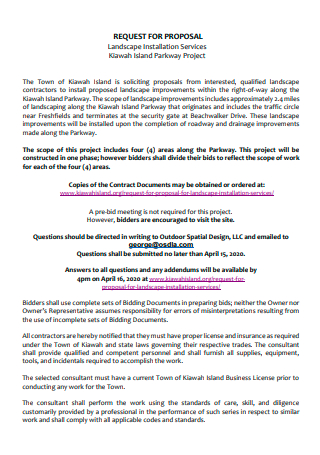
Landscape Installation Services Proposal
download now -
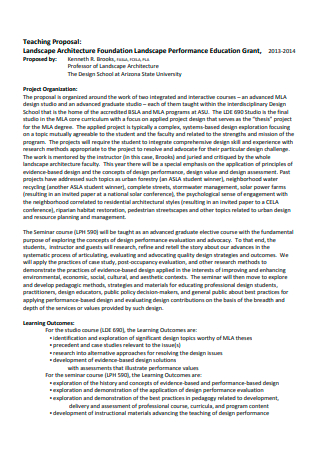
Landscape Teaching Proposal
download now -
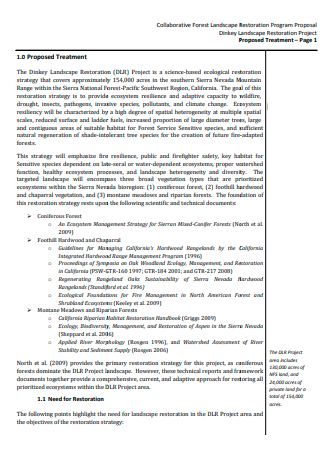
Landscape Restoration Program Proposal
download now -

Exterior Landscape Maintenance Services Proposal Form
download now -
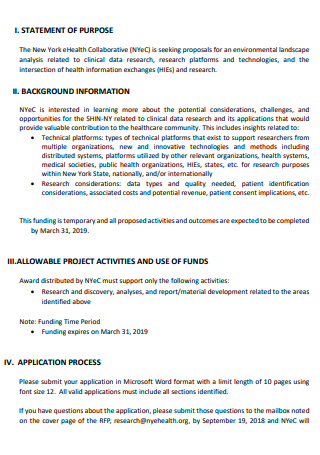
Environmental Landscape Analysis Proposal
download now -
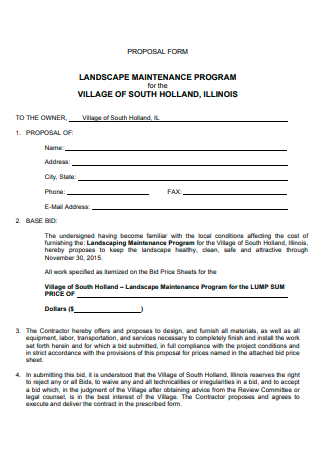
Landscape Maintenance Program Proposal Form
download now -
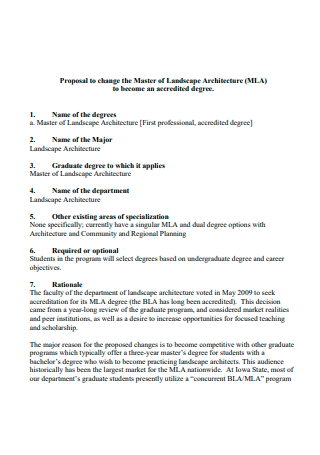
Master of Landscape Architecture Proposal
download now -
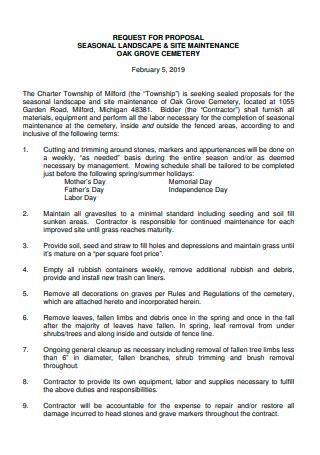
Seasonal Landscape and Site Maintenance Proposal
download now -
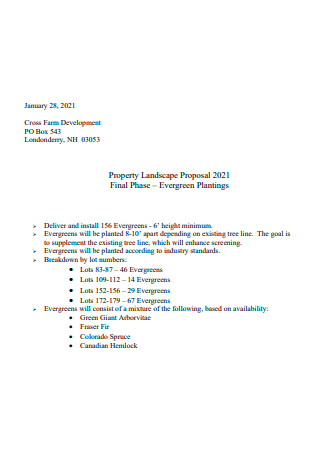
Property Landscape Proposal
download now -
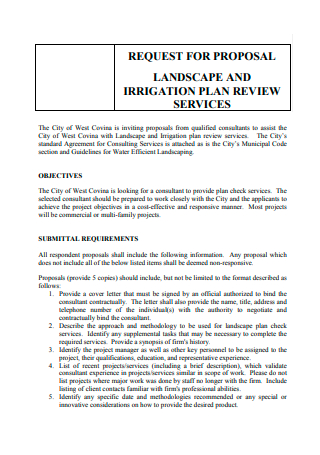
Landscape and Irrigation Plan Review Services Proposal
download now -
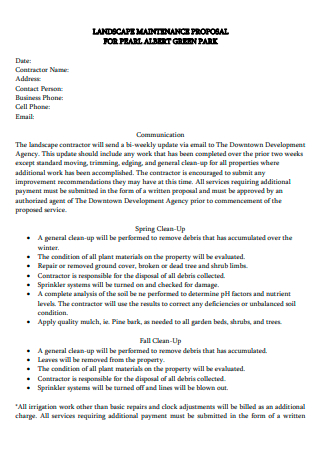
Landscape Maintenance Proposal
download now -

Landscaping Project Proposal
download now -
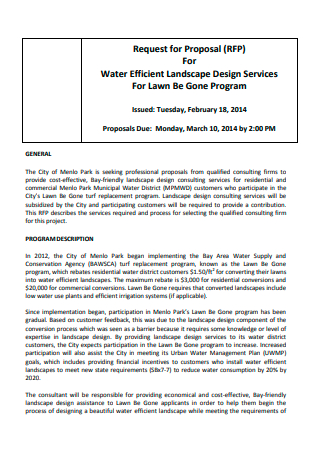
Water Efficient Landscape Design Services Proposal
download now -

Draft Landscape Proposal
download now
FREE Landscape Proposal s to Download
23+ Sample Landscape Proposal
What Is a Landscape Proposal?
Necessary Elements of a Landscape Proposal
How to Create a Landscape Proposal
FAQs
How do you compose a quote for a job on landscaping?
How much is the average budget for landscaping projects?
Does landscaping increase property values?
What Is a Landscape Proposal?
A landscape or landscaping proposal is a printed or written document by a landscape architect that provides critical information regarding the plan of the landscaping artist to gain the client’s trust to create the landscaping construction project. Landscaping is a popular project in urban areas, like suburbs, communities, or villages. The landscaping process revolves around the idea of developing a piece of land within the owner’s property and turning it into beautiful and picturesque scenery. It is a challenging industry to be in, especially when multiple agencies are offering the same services. The landscape proposal agencies prepare for clients must be clear and comprehensive.
According to the industry statistics in the United States from IBISWorld entitled Landscaping Services in the US – Market Size 2002 to 2027, the market size of the landscape industry reaches an estimated amount of 105.1 billion US dollars. Despite the overwhelming amount for the first quarter of the year, the market growth in 2021 is currently at -0.2 percent.
Necessary Elements of a Landscape Proposal
Landscape proposals have since developed to more than pricing and plan where the client needs to sign a contract afterward. Instead, these documents are more comprehensive and focus on the presentation of work experiences and work quality. Below is a compilation of the vital components of a landscape proposal.
How to Create a Landscape Proposal
Whether you’re creating your first landscape proposal or you already presented one for previous clients, starting one isn’t always an easy task. Various elements come into play when creating a landscape proposal, and you must identify them moving forward. Below are helpful steps to guide you to begin and end your proposal with the prospect of selection.
Step 1: Familiarize Yourself With the Client’s Needs
It is necessary to get a good idea of what your clients want the space to look like. Clients expect that their principal visions become a reality, and creating a landscape proposal disregarding it will not land you the job. Inquire about necessary questions and obtain clarifications to get clarity on their thoughts.
Step 2: Take Measurements and Make a Materials List
Taking precise measurements saves up on costs of materials and labor. Without accurate measurements, there is a chance of too much or too little material to work with, which heavily influences the project schedule. When it comes to creating a material list, consider researching market prices and be up to date with changes in trends. Remember never to send a price quote if you do not have complete numbers.
Step 3: Draw Up Your Design
Adding a CAD drawing or illustration to your landscape proposal establishes professionalism and builds a trusting relationship with the client. Including the design into your proposal guarantees that you and your client are within the same wavelength with the vision and helps you accurately tackle the issue of costs and project planning.
Step 4: Estimate Costs, Timeline, and Budget
Estimate the labor hours for the project, especially if you’re looking to hire project subcontractors. Aside from labor costs, create an estimate of the materials and equipment you need for the project. Don’t forget about miscellaneous fees like transportation costs. From the cost estimates, create a suitable timeline to complete the project. Upon the finality of the agreement between you and the client, the timeline reflects on the contract. Finally, create a cost breakdown for your client, and start creating a project budget to see whether it is profitable.
Step 5: Create Your Contract and Finish Your Proposal
Once everything is settled, construct your contract to contain clauses and statements that protect both parties best interests. It is best to have a legal attorney when drafting a landscape contract to solidify the completion of the proposal and the arrangement.
FAQs
How do you compose a quote for a job on landscaping?
First, you have to identify whether you charge a fixed rate or an hourly rate. After that, you have to identify the project’s scope of work, estimate material and labor costs, and identify your overhead fees. Once you have this information, create a summation of the total costs and add your markup prices.
How much is the average budget for landscaping projects?
Landscaping projects range from 5,000 to 100,000 US dollars, depending on the scale and materials. As a general rule, it is best to spend 10 percent of your property’s value for landscaping purposes.
Does landscaping increase property values?
Landscaping not only increases the visual appeal of a property, but it also increases the value of a property by up to 15 percent, according to a Virginia Tech study. It also includes that a landscaped home has a significant price advantage over houses lacking landscape areas. The advantage rating ranges from 5.5 percent to 12.7 percent.
When it comes to making a client’s landscaping dream come true or expressing their visions, a landscape proposal is necessary to have a detailed document that benefits the client and the landscaping agency. For a landscaping agency, providing a comprehensive landscape proposal shows professionalism, and showcases their experiences and previous landscaping projects, which helps to increase the chances of sealing a contract. Use and download the landscape proposal samples above to aid your company in gaining more clients.
